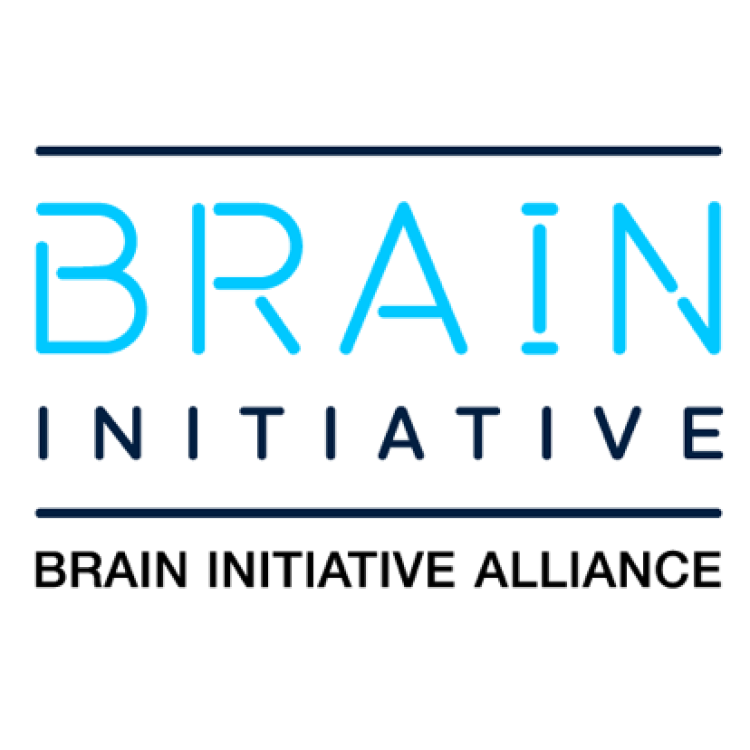UNMC named new cancer center the Fred & Pamela Buffett Cancer Center
On Jun. 7, 2013, the University of Nebraska Board of Regents approved renaming the UNMC Eppley Cancer Center…

On Jun. 7, 2013, the University of Nebraska Board of Regents approved renaming the UNMC Eppley Cancer Center…

On Apr. 25, 2013, the Global Polio Eradication Initiative (GPEI) announced a comprehensive six-year plan, the first plan…

On Apr. 13, 2003, the International Human Genome Sequencing Consortium announced the completion of the Human Genome Project…

On Apr. 2, 2013, President Obama announced the launch of the Brain Research through Advancing Innovative Neurotechnologies (BRAIN)…

On Feb. 22, 2013, the U.S. Food and Drug Administration (FDA) announced they had approved Genentech’s licensed ado-trastuzumab…

In Feb. 2013, the Center for Personalized Diagnostics (CPD) was established at UPenn for researching genomic and therapeutic…

On Jan. 4, 2013, Sanford Health announced the acquisition of Sioux Falls-based biotech company Hematech, a subsidiary of…

In 2013, the fifth edition of the Diagnostic and Statistical Manual of Mental Disorders merged three of the…

In 2013, the U.S. Centers for Disease Control and Prevention (CDC) activated its Emergency Operations Center to investigate…

On Dec. 12, 2012, deCODE genetics announced an agreement whereby Amgen acquired deCODE Genetics, a global leader in…

On Nov. 8, 2012, Atossa Genetics, the Breast Health Company completed its IPO with gross proceeds of $4…

On Sept. 28, 2012, the Connecticut Challenge Survivorship Clinic opened at Yale Cancer Center providing — the first…

On Sept. 19, 2012, Oregon Health & Science University (OHSU) in Portland announced that it had received a…

On Jul. 25, 2012, in a meta-analysis, researchers from the China Medical University in Shenyang and Harvard School…

On Jul. 12, 2012 the University of Kansas Cancer Center earned National Cancer Institute designation. Through efforts initially…

On Jun. 13, 2012, in a project led by the Max Planck Institute for Evolutionary Anthropology in Leipzig,…

On Jun. 13, 2012, the Human Microbiome Project announced the completion of a seminal study of microbial diversity….

ON May 16, 2012, the U.S. Senate unanimously passed a resolution (S. Res. 286) recognizing May 16, 2012,…

On Apr. 30, 2012, Hologic announced the acquisition of San Diego-based Gen-Probe, a molecular diagnostics company, for $3.7…

On Apr. 30, 2012, “Treatment Outcomes in Black and White Children With Cancer: Results From the SEER Database…

On Apr. 25, 2012, U.S. Representatives Jim Cooper (D-Tenn.), Charlie Dent (R-Pa.), and Robert J. Dold (R-Ill.) joined…

On Apr. 24, 2012, the U.S. Department of Agriculture’s (USDA) Animal and Plant Health Inspection Service (APHIS) confirmed…

On Mar. 8, 2012, an international team led by researchers at the Wellcome Trust Sanger Institute announced they…

On Feb. 27, 2012, the Duke Cancer Institute opened a new 267,000-square-foot, $235 million Cancer Center that included…

On Feb. 21, 2012, as part of a national collaboration, Oregon Health & Science University researchers were studying…

On Jan. 23, 2012, UC San Diego Health System announced it had received approval to acquire the Nevada…

On Jan. 18, 2012, Eastman Kodak Co, the photography icon that invented the hand-held camera, announced that it…

In 2012, The UC Davis Comprehensive Cancer Center received NCI comprehensive cancer designation. The center is a matrix…

On Jan 1, 2012, renowned biochemist Michael A. Marletta became president and CEO of The Scripps Research Institute…

In 2012, Smilow Cancer Hospital and Yale Cancer Center opened 8 Smilow Cancer Care Centers in Connecticut. Today,…